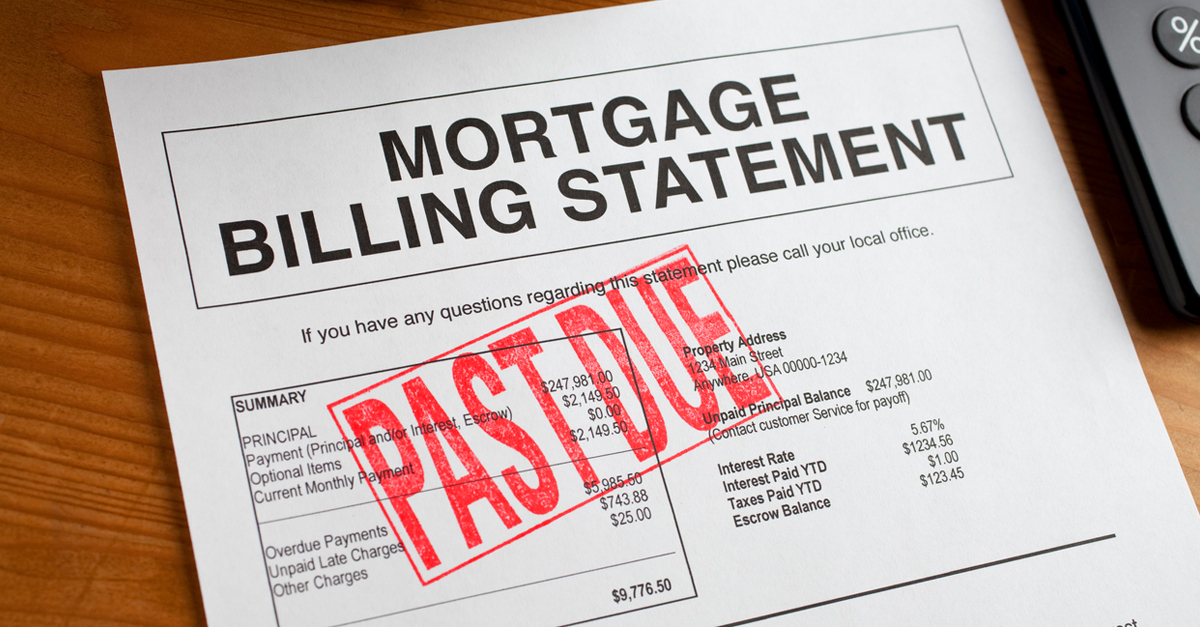How to Avoid Defaulting on Your Mortgage Payments
Some homeowners may stumble upon financial hardships that make it difficult for them to pay their mortgage payments. Once your mortgage loan defaults, the chance of foreclosure increases.
If you or your spouse has lost employment and no longer makes as much money, and you see meeting your mortgage payment obligations is going to be problematic, the first step is to take a deep breath. There are literally millions of people that face the same problem. You are not a bad person, so leave any feelings of guilt at the door. You do not have time for them. Instead, you need to focus on your options.
Fortunately, there are ways to avoid default and keep your home, so read on for more information on how to avoid a mortgage default.
1- Get moving on a solution
Your first option is to find a way to make up the back payments and continue fighting to make your payment on time every month. Although not an attractive option, it is an option.
Explore options to decrease expenses and increase income, such as an additional job, selling possessions, and look to community resources for help. You may have to temporarily cut back on things like dining out, internet and cable.
If you have a basement or spare room you may consider renting it out. The extra income could be up to 50% of your mortgage payment. True, there is some inconvenience, but it is a small price to pay for the extra income. If you are uncertain about taking in an extra lodger, remember, you can choose who lives with you. Make sure you meet them before they enter. If a spare room is not immediately available; be creative, and see whether there is another room you could cheaply convert.
2- Work with your lender
Contact your mortgage lender. Banks do not want to foreclosure on properties. The process is long and costly, and in the end, mortgage lenders lose money. Instead, they would rather work alongside borrowers that are slightly behind on payments, and come up with a practical solution.
Consider extending your mortgage term to reduce your monthly payments. The downside is that you will end up paying more in the long term. However, if it means you can continue meeting the minimum mortgage payments, it is worth doing.
Set up a repayment plan. If you are unable to pay your mortgage payment for one or more months, the lender may agree to a repayment plan. The mortgage lender adds additional money to each subsequent mortgage payment until the loan is up-to-date.
Your lender may also suggest an interest-only mortgage. This will also reduce your monthly mortgage payments, often quite substantially. However, again the disadvantage is that, in the long term, you will need to find an alternative investment plan to pay off your mortgage capital—which might be a good short-term option.
3. Refinance your mortgage
This is perhaps the easiest and most effective method. If you happen to be on your bank’s existing standard rate, you will probably be able to find a much better deal.
4. Talk to a Financial Advisor
If the situation is becoming overwhelming and you are really in danger of defaulting, you may need to consider speaking to a financial consultant or accountant. This will arm you with expertise and resources with which to approach planning your financial future and make the most of your current circumstances.
5. Resell - Downsize
This option is probably the most drastic and only to be undertaken when the others have failed. If you are able to sell your house, you can temporarily rent somewhere cheaper or buy a cheaper house in a different location. The money saved can be used to pay off your mortgage. This option is not easy, due to the costs involved in moving, but it might be worth doing in the long term.
If you can see that things are going to get bad in relation to meeting your mortgage payment obligations, take a deep breath then face up to the problem. Take action now, procrastination will not help you.


